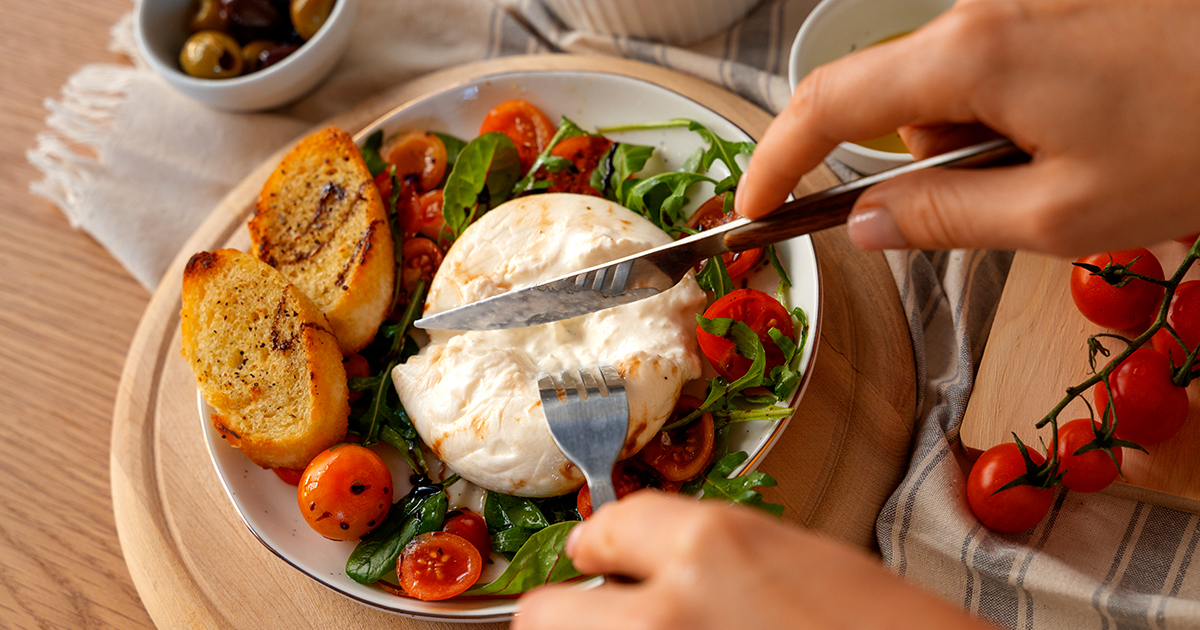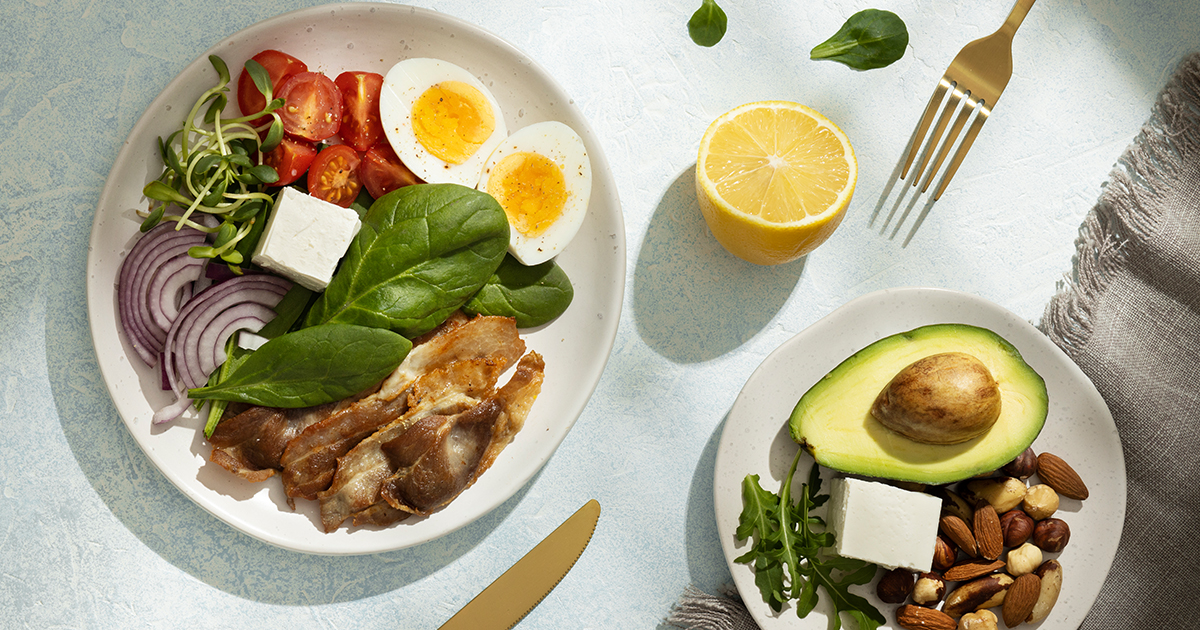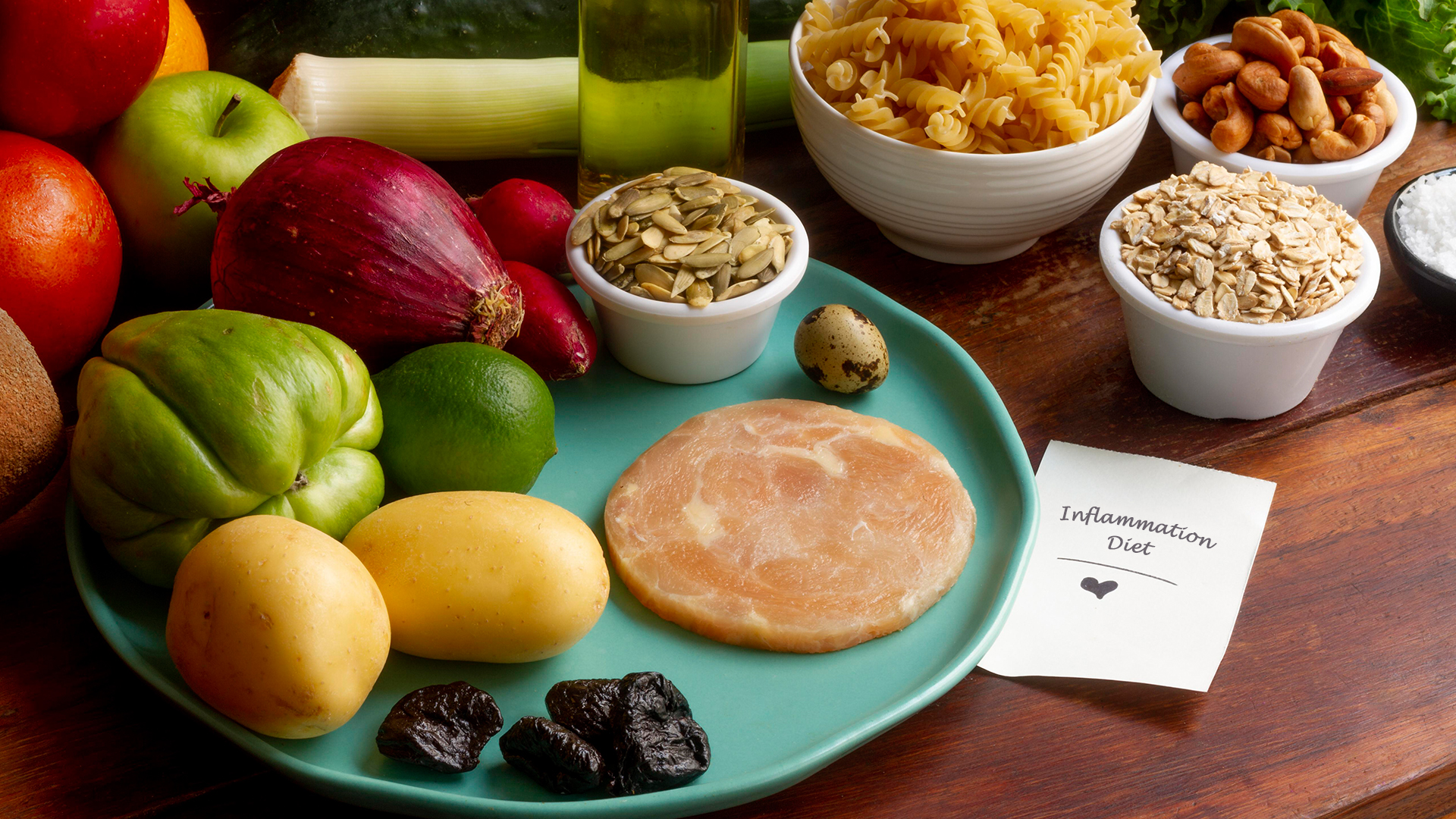Your joints ache every morning, your skin breaks out constantly, and you feel tired after every meal. These could all be signs of chronic inflammation in your body.
The best diet for inflammation is an anti-inflammatory eating plan rich in whole foods, omega-3 fatty acids, and antioxidants. This plan avoids processed foods, sugar, and refined oils. According to recent research, this approach reduces inflammatory markers in the body by up to 40%.
Moreover, the right foods can heal your body from the inside out. Therefore, let’s explore which foods fight inflammation and which ones make it worse.
What Is Inflammation and Why Does It Matter?
Inflammation is your body’s natural answer to injury or infection. Think of it like your internal fire department. When you cut your finger, inflammation rushes to help heal the wound. This is good inflammation.
However, chronic inflammation is different. It’s like having your fire department constantly running sirens. This ongoing inflammation damages your tissues over time and contributes to serious health problems.
Research from Harvard Medical School shows that chronic inflammation is linked to heart disease, diabetes, cancer, and Alzheimer’s disease. Furthermore, it affects 60% of adults in developed countries.
What Is The Main Cause Of Inflammation In The Body?
The main cause of inflammation in the body is your immune system’s response to harm. When your body senses an injury, infection, or irritation, it sends out white blood cells and chemicals to protect and heal you.
But sometimes, things like an unhealthy diet, stress, lack of sleep, or chronic conditions can trigger inflammation even when there’s no real danger. This leads to ongoing (chronic) inflammation, which can cause health problems.
What Are The 5 Classic Signs Of Inflammation?
- Redness – This happens because more blood flows to the affected area to bring healing cells and nutrients.
- Heat – The area feels warm due to the increased blood supply.
- Swelling – Fluid and immune cells gather in the tissue, causing puffiness.
- Pain – Chemicals released during inflammation make the nerves more sensitive, so the area hurts.
- Loss of function—Because of swelling and pain, a body part may not move or work normally (for example, a swollen ankle may be hard to walk on).
How Does Food Cause Inflammation?
Certain foods trigger inflammatory responses in your body. When you eat inflammatory foods, your immune system treats them like invaders. As a result, it releases inflammatory chemicals called cytokines.
These chemicals cause swelling, pain, and tissue damage. Over time, this process becomes chronic, and your body stays in a constant state of alertness.
Common inflammatory triggers include:
- Processed foods with artificial additives
- High sugar intake that spikes blood glucose
- Trans fats that damage cell membranes
- Refined oils are high in omega-6 fatty acids
- Excessive alcohol consumption
Conversely, anti-inflammatory foods contain compounds that calm the immune system and provide nutrients that help repair damaged tissues.
What Foods Should You Eat on an Anti-Inflammatory Diet?
The best diet for inflammation includes the following things:
Fatty Fish Rich in Omega-3s
Fatty fish are the best sources of anti-inflammatory omega-3 fatty acids. These healthy fats directly reduce inflammation markers in your blood.
Best choices include:
- Salmon (wild-caught preferred)
- Sardines are packed with nutrients
- Mackerel is high in omega-3s
- Anchovies for concentrated nutrition
- Herring is rich in healthy fats
Research from the American Heart Association shows that eating fish twice weekly reduces inflammation by 25%. Additionally, omega-3s help balance the inflammatory omega-6 fats in your diet.
Colorful Fruits and Vegetables
Brightly colored produce contains potent anti-inflammatory compounds called antioxidants. These nutrients neutralize free radicals that cause cellular damage.
Top anti-inflammatory fruits:
- Berries packed with anthocyanins
- Cherries contain natural pain relievers
- Oranges are high in vitamin C
- Grapes with resveratrol
- Pineapple contains the bromelain enzyme
Best anti-inflammatory vegetables:
- Leafy greens like spinach and kale
- Broccoli is rich in sulforaphane
- Bell peppers are high in vitamin C
- Tomatoes containing lycopene
- Sweet potatoes with beta-carotene
A 2019 study in the Nutrients journal found that people eating 5+ servings of colorful produce daily had 30% lower inflammation markers.
Healthy Fats and Oils
Not all fats cause inflammation. Some fats actually fight it effectively.
Anti-inflammatory fats include:
- Extra virgin olive oil with oleic acid
- Avocados are rich in monounsaturated fats
- Nuts and seeds contain healthy oils
- Coconut oil with medium-chain triglycerides
However, avoid refined vegetable oils like corn, soybean, and sunflower oil. These contain high levels of inflammatory omega-6 fatty acids.
Anti-Inflammatory Spices and Herbs
Certain spices contain potent anti-inflammatory compounds. These natural medicines have been used for thousands of years.
Most powerful anti-inflammatory spices:
- Turmeric containing curcumin
- Ginger with gingerol compounds
- Garlic is rich in sulfur compounds
- Cinnamon has antioxidant properties
- Black pepper enhances nutrient absorption
Research shows that curcumin in turmeric reduces inflammation as effectively as some medications. Additionally, ginger can reduce inflammatory markers by 20% in just 6 weeks.
Whole Grains vs. Refined Grains
Whole grains contain fiber and nutrients that fight inflammation. The fiber feeds beneficial gut bacteria that produce anti-inflammatory compounds.
Best whole grain choices:
- Quinoa is complete with all the amino acids
- Brown rice is rich in fiber
- Oats containing beta-glucan
- Barley is high in soluble fiber
- Buckwheat with rutin antioxidant
Conversely, refined grains like white bread and pasta spike blood sugar. This triggers inflammatory responses throughout your body.
What Foods Should You Avoid During Inflammation?
Processed and Ultra-Processed Foods
Processed foods are the biggest inflammatory triggers in modern diets. They contain artificial additives, preservatives, and chemicals that your body doesn’t recognize.
Worst inflammatory foods include:
- Fast food is high in trans fats
- Packaged snacks with artificial ingredients
- Processed meats containing nitrates
- Sugary cereals with artificial colors
- Frozen meals are high in sodium
A 2020 study found that people eating the most processed foods had 50% higher inflammation levels than those eating whole foods.
Sugar and High-Fructose Corn Syrup
Excess sugar directly triggers inflammatory pathways. When you eat sugar, your blood glucose spikes rapidly, causing your body to release inflammatory chemicals.
Hidden sugar sources include:
- Soft drinks and energy drinks
- Fruit juices without fiber
- Candy and desserts
- Flavored yogurts with added sugar
- Salad dressings and sauces
The American Heart Association recommends limiting added sugar to 25 grams daily for women and 36 grams for men. However, the average American consumes 77 grams daily.
Refined Vegetable Oils
Most vegetable oils are highly inflammatory. They contain excessive omega-6 fatty acids, which, when consumed in large amounts, promote inflammation.
Oils to avoid:
- Corn oil is high in omega-6s
- Soybean oil is found in most processed foods
- Sunflower oil is commonly used in restaurants
- Safflower oil is often used in salad dressings
- Cottonseed oil is in many packaged foods
Trans Fats and Partially Hydrogenated Oils
Trans fats are the most inflammatory fats you can eat. They damage cell membranes and trigger widespread inflammation.
Common sources include:
- Margarine and shortening
- Fried foods from restaurants
- Commercial baked goods
- Microwave popcorn
- Non-dairy creamers
What Is the Mediterranean Diet for Inflammation?

The Mediterranean diet is considered the best diet for inflammation. This traditional way of eating has been studied extensively for its health benefits.
Key components include:
- Abundant fruits and vegetables
- Whole grains and legumes
- Olive oil is the primary fat
- Fish and seafood regularly
- Moderate amounts of poultry
- Limited red meat consumption
- Red wine in moderation (optional)
Research from the University of Barcelona found that people following a Mediterranean diet had 20% lower inflammation markers after just 3 months. Additionally, this eating pattern reduces heart disease risk by 30%.
How Does the Anti-Inflammatory Diet Compare to Other Diets?
Anti-Inflammatory Diet vs. Keto Diet
Both diets can reduce inflammation, but through different mechanisms.
Keto diet benefits:
- Reduces blood sugar spikes
- Promotes ketone production (anti-inflammatory)
- Often eliminates processed foods
- Can reduce inflammatory markers
However, keto can be inflammatory if:
- You eat too much processed meat
- You consume inflammatory oils
- You don’t eat enough vegetables
- You develop nutrient deficiencies
Anti-inflammatory diet advantages:
- Includes more antioxidant-rich foods
- Provides diverse nutrients
- Easier to follow long-term
- Supported by more research
Anti-Inflammatory Diet vs. Paleo Diet
Paleo and anti-inflammatory diets share many similarities.
Both emphasize:
- Whole, unprocessed foods
- Plenty of vegetables and fruits
- High-quality proteins
- Healthy fats
- Elimination of processed foods
Key differences:
- Paleo eliminates all grains (some whole grains are anti-inflammatory)
- Paleo restricts legumes (beans and lentils fight inflammation)
- An anti-inflammatory diet is more flexible
- Paleo can be higher in inflammatory omega-6s from nuts
How Long Does It Take to See Results from an Anti-Inflammatory Diet?
Most people notice improvements within 2-4 weeks of starting an anti-inflammatory diet. However, the timeline varies based on several factors.
Early improvements (1-2 weeks):
- Better digestion and less bloating
- Improved energy levels
- Better sleep quality
- Reduced joint stiffness
Medium-term changes (4-8 weeks):
- Clearer skin and reduced breakouts
- Less frequent headaches
- Improved mood and mental clarity
- Reduced allergy symptoms
Long-term benefits (3-6 months):
- Significant reduction in inflammatory markers
- Better cardiovascular health
- Improved immune function
- Reduced chronic disease risk
Research from Tufts University shows that inflammatory markers can drop by 40% within 12 weeks of dietary changes.
What Are the Best Anti-Inflammatory Meal Ideas?
Breakfast Options
Start your day with anti-inflammatory foods:
- Berry and nut bowl: Mix blueberries, walnuts, and ground flaxseed with Greek yogurt. Add a drizzle of honey and cinnamon.
- Turmeric scrambled eggs: Cook eggs with turmeric, spinach, and avocado. Serve with whole-grain toast.
- Anti-inflammatory smoothie: Blend spinach, pineapple, ginger, and coconut milk. Add chia seeds for extra omega-3s.
Lunch Ideas
Midday meals that fight inflammation:
- Mediterranean salad: Combine mixed greens, tomatoes, cucumbers, olives, and feta cheese. Dress with olive oil and lemon juice.
- Salmon and quinoa bowl: Top quinoa with grilled salmon, roasted vegetables, and tahini dressing.
- Lentil soup: Make with turmeric, ginger, and plenty of vegetables. Serve with whole-grain bread.
Dinner Suggestions
Evening meals to end the day right:
- Baked cod with vegetables: Season the fish with herbs and bake it with colorful vegetables. Drizzle with olive oil.
- Turkey and vegetable stir-fry: Use coconut oil and anti-inflammatory spices. Serve over brown rice.
- Chickpea curry: Make with turmeric, ginger, and coconut milk. Add plenty of vegetables.
How Do You Start an Anti-Inflammatory Diet?

Week 1: Remove Inflammatory Foods
Start by eliminating the worst inflammatory triggers:
- Replace sugary drinks with water or herbal tea
- Swap processed snacks for fresh fruit
- Use olive oil instead of vegetable oils
- Choose whole grains over refined ones
Week 2: Add Anti-Inflammatory Foods
Gradually introduce healing foods:
- Add berries to your breakfast
- Include fatty fish twice this week
- Snack on nuts and seeds
- Cook with turmeric and ginger
Week 3: Focus on Meal Planning
Plan anti-inflammatory meals:
- Prep vegetables on weekends
- Cook large batches of whole grains
- Make anti-inflammatory spice blends
- Keep healthy snacks readily available
Week 4: Fine-Tune Your Approach
Adjust based on how you feel:
- Notice which foods make you feel best
- Identify any remaining inflammatory triggers
- Increase foods that improve your symptoms
- Consider working with a nutritionist
What Supplements Support an Anti-Inflammatory Diet?
While food should be your primary source of anti-inflammatory compounds, certain supplements can enhance your diet’s effectiveness.
Most beneficial supplements:
- Omega-3 fish oil provides concentrated EPA and DHA. Choose high-quality brands with third-party testing. Aim for 1-2 grams daily.
- Curcumin supplements offer higher doses than food alone. Look for versions with black pepper extract for better absorption.
- Vitamin D supports immune function and reduces inflammation. Most people need 1000-4000 IU daily, depending on blood levels.
- Probiotics support gut health and reduce systemic inflammation. Choose multi-strain formulas with at least 10 billion CFUs.
However, always consult with a professional doctor before starting supplements. They can interact with medications and aren’t necessary for everyone.
Frequently Asked Questions
How quickly will I see results from an anti-inflammatory diet?
Most people notice improvements within 1-2 weeks in energy and digestion. Significant reductions in inflammation markers typically occur after 4-12 weeks of consistent dietary changes.
Can I still eat meat on an anti-inflammatory diet?
Yes, but choose high-quality, lean meats in moderation. Grass-fed beef, free-range poultry, and wild-caught fish are best. Limit processed meats, such as bacon and deli meats, which are highly inflammatory.
Are all grains inflammatory?
No, whole grains like quinoa, brown rice, and oats are anti-inflammatory. They contain fiber and nutrients that fight inflammation. However, refined grains like white bread and pasta can trigger inflammatory responses.
What’s the difference between an anti-inflammatory diet and an elimination diet?
An anti-inflammatory diet focuses on adding healing foods and removing known inflammatory triggers. An elimination diet temporarily removes potential problem foods to identify personal sensitivities. They can be used together effectively.
Can children follow an anti-inflammatory diet?
Yes, anti-inflammatory eating principles are healthy for children. Focus on whole foods, fruits, vegetables, and healthy fats. However, children have different nutritional needs, so consult with a pediatrician or registered dietitian.
Will an anti-inflammatory diet help with autoimmune conditions?
Many people with autoimmune conditions see improvements with anti-inflammatory eating. However, autoimmune diseases are complex and require medical management. Use dietary changes as a complement to, not a replacement for, medical treatment.
